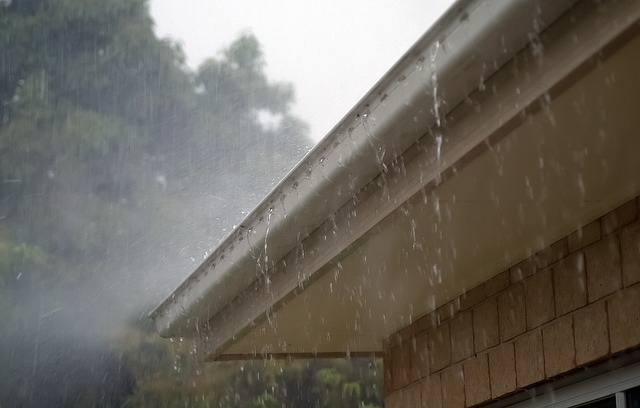When you are looking to prevent or resolve a mold problem, you must reduce moisture. This can be difficult if your building has not been waterproofed. Waterproofing is commonly performed on roofs, walls, and ceilings where there is the potential for water to enter. Once you have waterproofed an area, moisture will not be able to permeate, and your risk of mold will lessen.
Waterproofing Doesn’t Solve a Mold Infestation in Progress
Of course, if you already have a mold problem, you will also have to do some mold removal. This means making sure the moisture is removed from the invaded area and properly cleaned. If the area of mold infestation is large enough, it will require removal from a professional mold removal company. This ensures that the mold is removed completely and safely.
How to Prep for Waterproofing
In order to waterproof your building, you have to first determine where water is coming from. Below grade building components are often the culprit, as concrete foundations are porous. However, rooftop gardens and really, all roofs are also commonly waterproofed. Whatever the situation, make sure that the material you are waterproofing is in good shape. Cracked concrete should be repaired prior to waterproofing.
Sheet or Liquid Waterproofing
There are two types of waterproofing commonly used, and that is sheet or liquid (fluid-applied) waterproofing. The sheets may be self-adhesive, or fluid-applied is painted or scraped onto the surface. Follow manufacturer’s guidelines for priming and prepping the surface, so the waterproof membrane is properly adhered to the material below it. One of the biggest problems in waterproofing is not cleaning and drying the surface that needs to be waterproofed or waterproofing in cold or wet conditions. This can cause the waterproofing to fail, and you’ll be at risk for mold growth again.
Monitor for Sure Success
Even though your mold risk will be greatly reduced by waterproofing, you cannot be complacent when it comes to mold inspection. Still inspect your home or building regularly for moisture, and ensure there is proper ventilation in all areas of the home. Check for mold in attics and crawlspaces, and pay attention to signs that mold could be affecting your health. If you are sensitive to mold spores, mold infestations can have harmful consequences.
Waterproofing is a Good First Step
If you have an older home with a basement that has a moisture problem, waterproofing the foundation is the greatest way to reduce mold growth. In any age of home, waterproofing is a good first step to making sure you don’t suffer from the consequences of mold.
